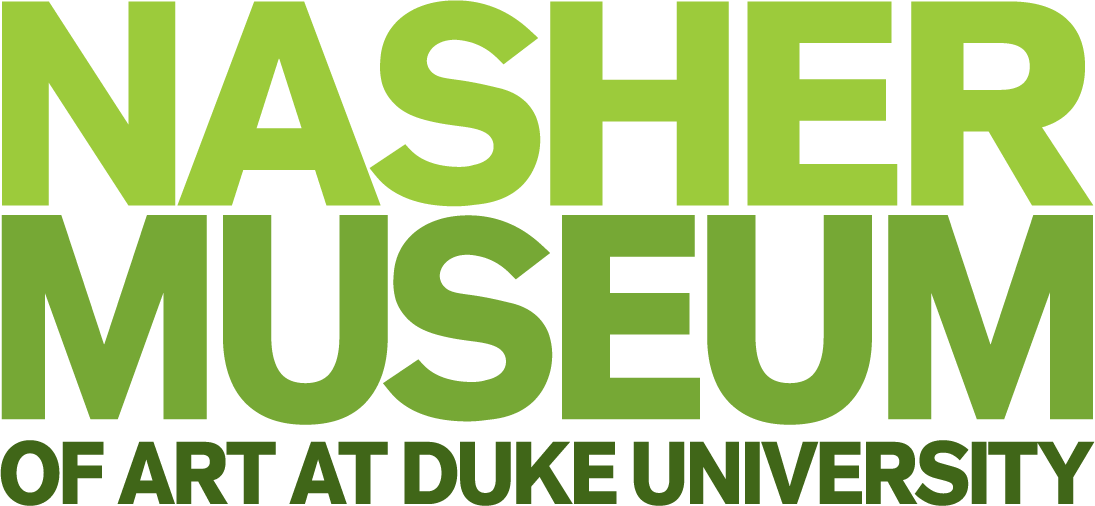The New Galleries: A Collection Come to Light
FROM THE COLLECTION

The New Galleries: A Collection Come to Light was a comprehensive and dynamic reinstallation of the museum’s collection in celebration of Nasher10, the museum’s first decade, in 2015. Eight freshly reconfigured galleries within Wilson Pavilion emphasized pride in the depth of the collection, including 1,000 new works acquired since the museum opened in 2005. A year later, the exhibition was renamed The Collection Galleries.
For A Collection Come to Light, eight galleries were dedicated to specific collection areas highlighting many of the museum’s masterworks while illustrating a history of human creativity. The Ancient World Gallery covered a broad geographical and chronological reach, featuring works from ancient Egyptian, Greek and Roman cultures. The Medieval Europe Gallery displayed important architectural sculpture, devotional objects and stained glass from the Romanesque and Gothic periods. The European Art, 1400-1900 Gallery, illustrated cultural and aesthetic changes from the Renaissance to the dawn of the modern period through a variety of objects, paintings and sculptures.

The American Art, 1800-1945 Gallery began with portraiture from the early Republic, continued with Hudson River School painting and Ash Can School works, and concluded with examples of Regionalism. The Modern Affinities Gallery featured European and American modernist art alongside works by self-taught artists, illustrating connections between them. Two galleries dedicated to non-Western cultures included Art of the Americas, presenting ceramics, metalwork and textiles from Mesoamerica, and African Art, featuring many of the museum’s best masks, figural sculpture and beadwork from the African continent. The galleries included a flexible Incubator, planned for rotating student- and faculty-curated exhibitions. The Incubator was inaugurated with an installation of Ansel Adams photographs curated by two undergraduate interns.

The Nasher Museum’s Book of Hours (Workshop of Jean Bourdichon, c. 1490) is a fine example of 15th-century French manuscript production. It has 156 pages, including daily prayers for Christian devotion, a calendar of saints’ days and 13 full-page paintings, or miniatures, depicting religious scenes and vignettes associated with then-contemporary life. Now visitors can explore these 13 richly illustrated pages in detail with a new digital program. The Nasher Museum’s Book of Hours was installed the European Gallery of The New Galleries. Visitors are still able to also explore the book online; it is compatible with smart phones, tablets and desktop/laptop computers.
The Nasher Museum installed “Medieval Color Comes to Light,” an interactive light painting application that allowed visitors to project vibrant colors onto 800-year-old limestone sculptures depicting four disciples of Christ. The digital interactive display reveals bright pigments that have been worn away by the centuries. The project team of Duke faculty and students, “Lives of Things,” was led by professor Mark Olson from the Department of Art, Art History & Visual Studies, and post-doctoral researcher Mariano Tepper from Computer and Electrical Engineering, in collaboration with professors Caroline Bruzeluus (AAHVS) and Guillermo Sapiro (CEE).
The New Galleries: A Collection Come to Light was made possible by Nasher Annual Fund donors with special support from Anita and John Schwarz.

